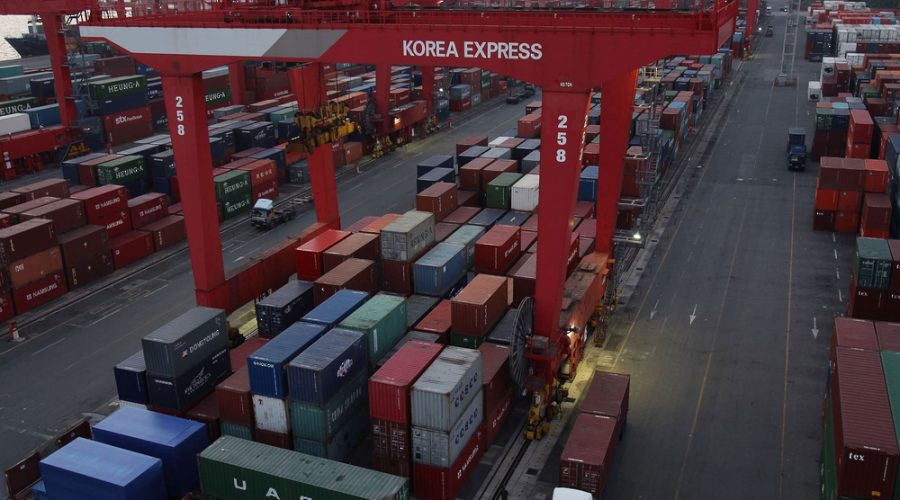South Korea’s Exports Surge by 9.5%: What This Means for Investors and Businesses in Oman
Seoul, July 11 — Data released today by the Korean Customs Service shows that South Korea’s exports rose by 9.5% year-on-year in the first ten days of July.
During this period, the export value reached $19.4 billion, compared to $17.72 billion in the same timeframe last year.
The average daily export volume also saw a 9.5% year-on-year increase, reaching $2.28 billion. Meanwhile, imports grew by 1.8% year-on-year, totaling $19.99 billion, resulting in a trade deficit of $594 million.
The rise in exports was driven by strong demand for semiconductors and automobiles. Notably, semiconductor exports increased by 12.8% year-on-year, amounting to $3.83 billion, which represented 19.7% of total exports in the first ten days of July—a rise of 0.6 percentage points from last year.
Automobile exports climbed by 13.3% year-on-year to $1.8 billion, while ship exports surged by a remarkable 134.9%, reaching $889 million. Steel product exports rose by 4.1%, totaling $1.29 billion, while petrochemical product exports dropped by 1.9% to $1.39 billion.
By destination, exports to China, South Korea’s top trading partner, increased by 6.2% to $3.74 billion. Exports to the United States also rose by 6.1%, reaching $3.43 billion, despite new tariff measures imposed by Washington. Additionally, exports to both the European Union and Vietnam grew by 3.6% and 2.2%, respectively.
In June, exports had already seen an increase of 4.3% compared to the previous year, totaling $59.8 billion, marking the highest level for June due to strong global demand for semiconductors, according to government data.
Special Analysis by Omanet | Navigate Oman’s Market
Ongoing growth in South Korea’s exports, particularly in semiconductors and automotive sectors, presents opportunities for Omani businesses to strengthen trade ties and diversify partnerships. However, rising import costs might pose challenges for local industries reliant on these imports. Smart investors should capitalize on emerging trends in technology and automotive sectors while considering the volatility introduced by geopolitical factors, particularly around trade policies.
Source: Oman News



